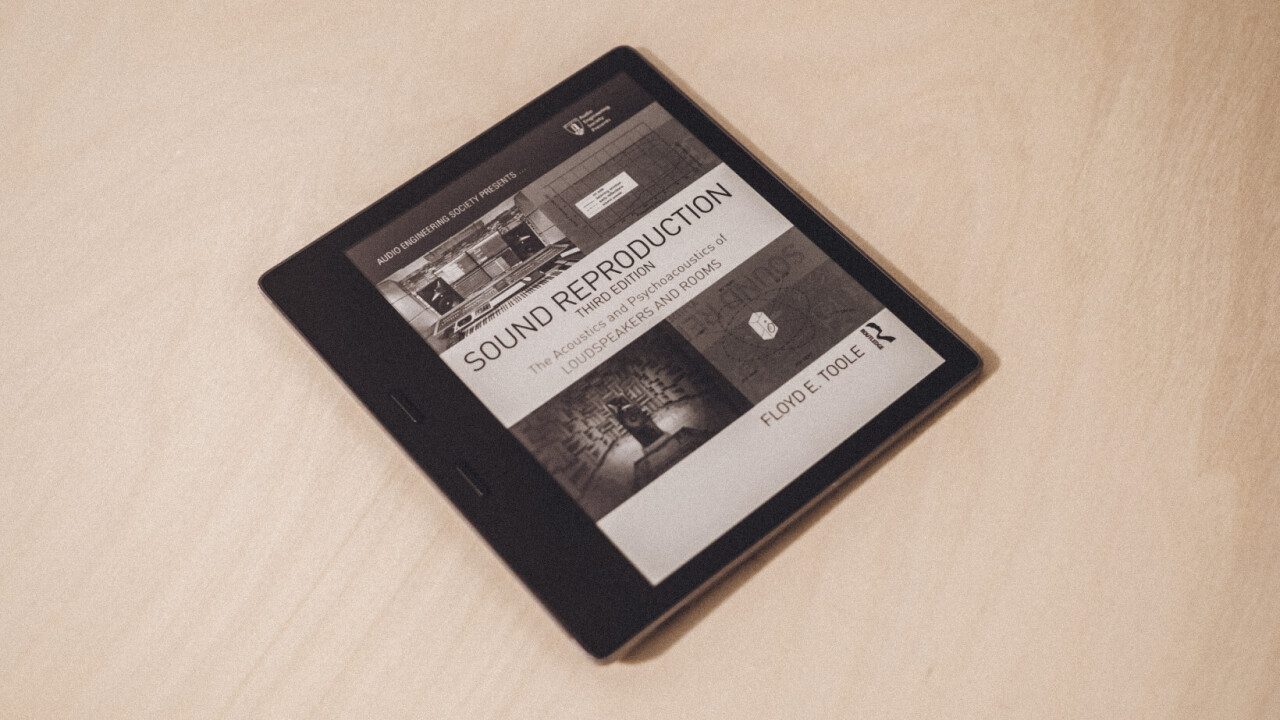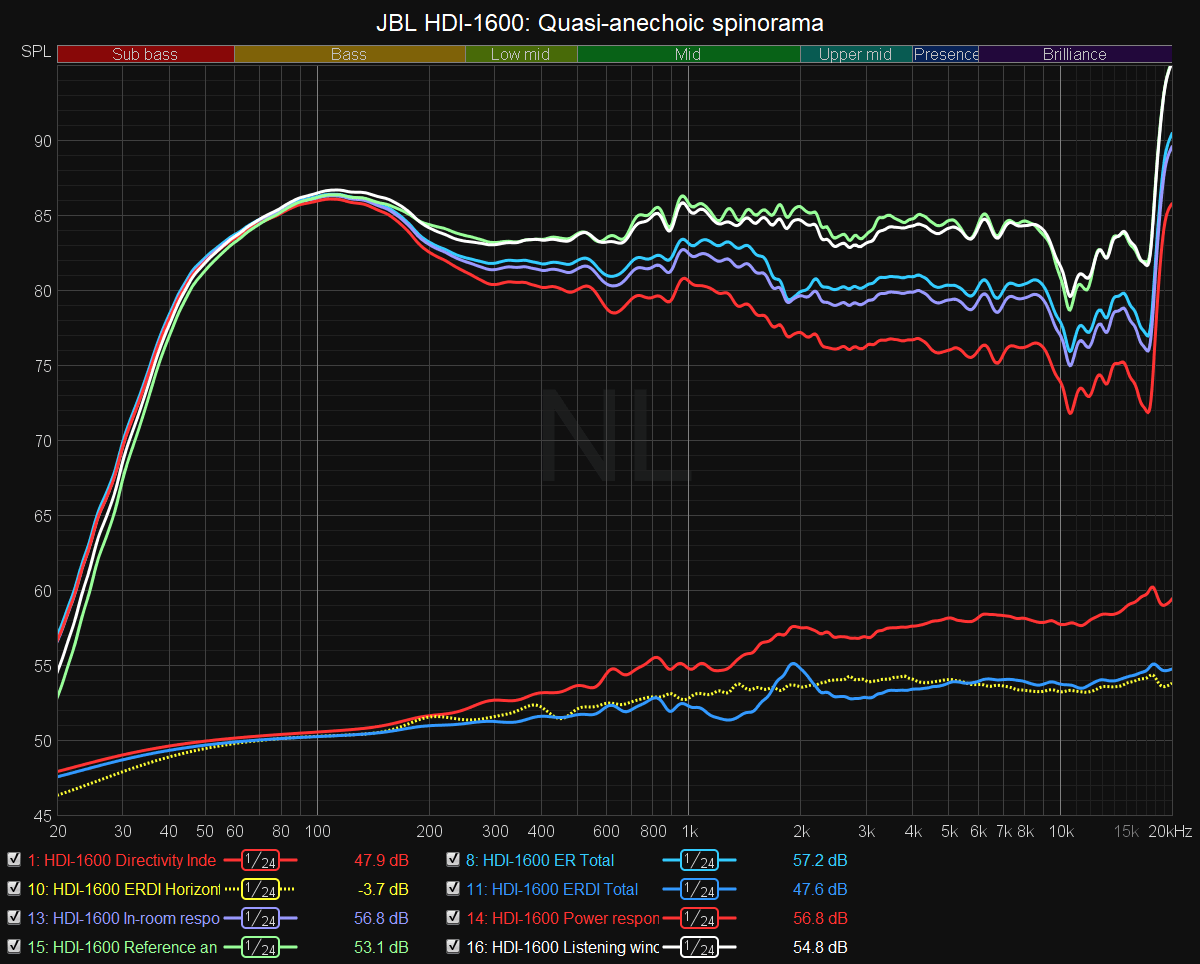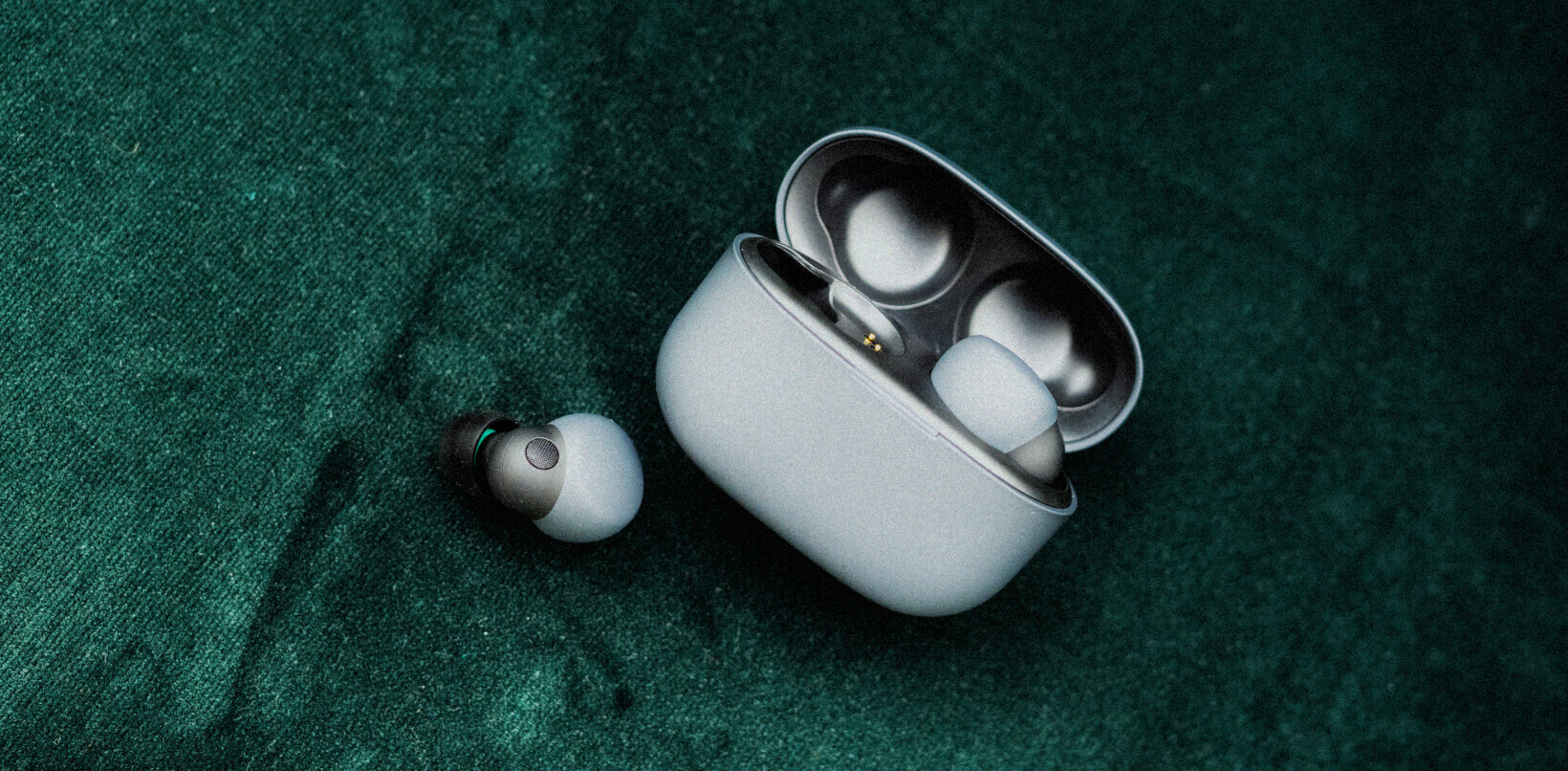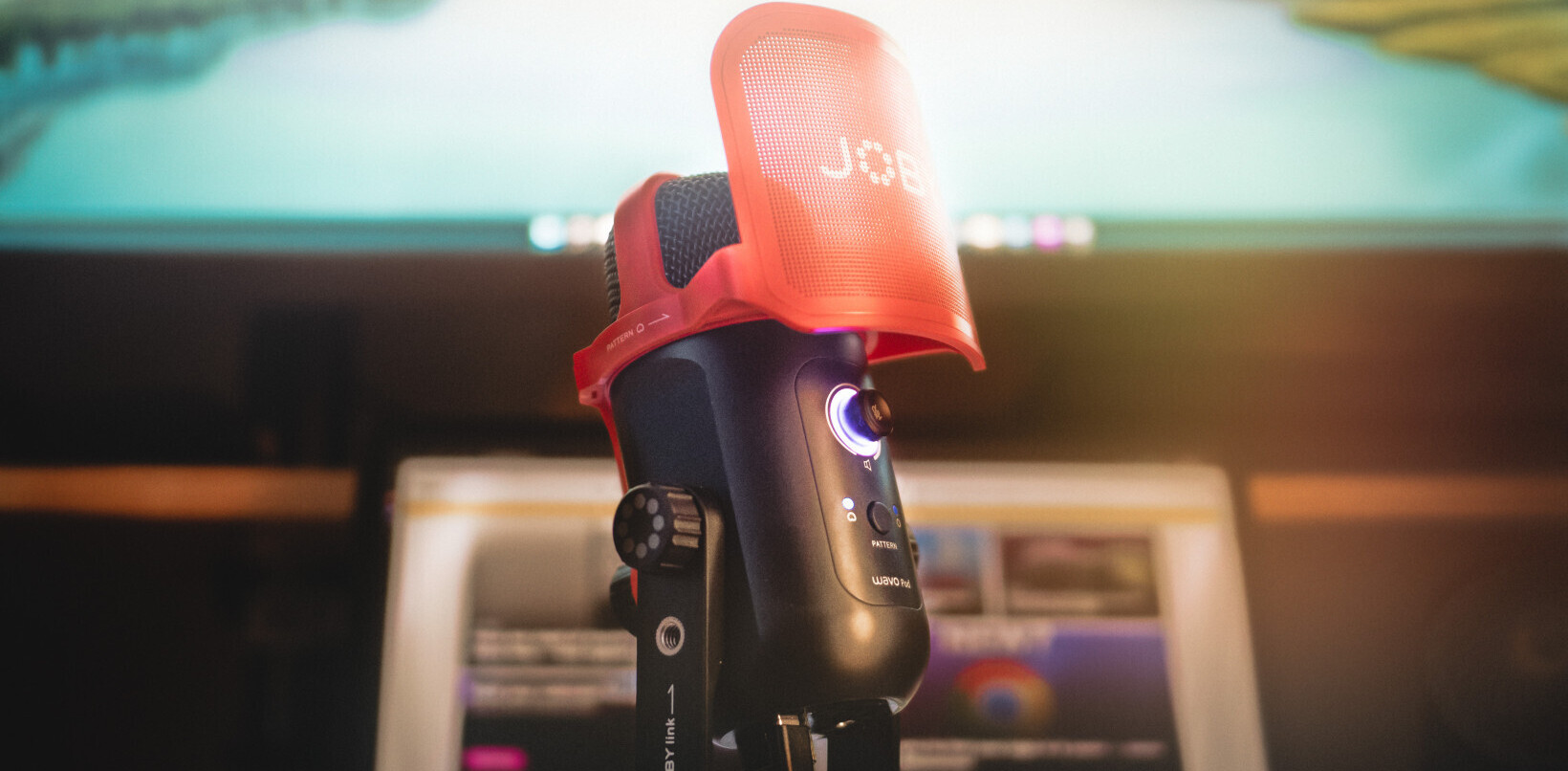
I review a lot of speakers here at TNW, and — if may toot my own horn for a bit — I do so in a more technical manner than you’ll find in most other mainstream tech publications. My reviews are full of measurements and graphs that I genuinely believe provide powerful insights into not only a speaker’s technical prowess, but also how likely you are to actually enjoy that speaker in your own home.
It’s not a perfect system, but I nonetheless believe in the power of this data to such an extent that I’d be totally happy if readers skim my actual listening impressions — collected over weeks or months of careful critical listening — just to get to the measurements and my interpretation thereof. After all, this data tends to align with what I’ve heard anyway, despite the fact that I write my listening impressions before putting a speaker through the test bench.
It wasn’t always this way. I started off writing subjective-only reviews like everyone else, and there’s nothing inherently wrong with that so long as you do your best to check your biases. But thanks to one book, I realized I could provide much more value to my readers to help them make smarter purchasing decisions. Because science.
Sound Reproduction: The Acoustics and Psychoacoustics of Loudspeakers and Rooms, written by renowned psychoacoustics researcher Floyd Toole, is the most important thing I’ve read since I first got ‘serious’ about audio over a decade ago. It is one part an educational science textbook, another part a manifesto to get people to pay attention to psychoacoustics. It is one part a reference manual for speaker nerds with hundreds of research citations for further exploration, and another part a memoir of this particular researcher’s experience over decades of science-making.
It all boils down to one central idea: what we hear when listening to speakers in a room can be substantially explained — and predicted — with science. If you enjoy listening to music through a good sound system and you believe in science, then this book is the best way to get caught up with some of the most important ideas in the field.
It changed my view of what it means for a speaker to be ‘hi-fi’ — you can get a good preview in this talk of Dr. Toole’s:
For some personal context: I’m actually not really a benchmarks type of reviewer. In most of my other reviews — laptops, phones, etc — specs are secondary. Not because I think they don’t matter, but because other publications cover that well and because I don’t think they necessarily reflect the experience of the average consumer.
Speakers are different. There’s a proportionally minuscule number of publications providing extensive objective data on their performance, and ironically, I’d argue objective data matters more for speakers than most other product categories. Toole’s book makes it painfully obvious, and even if you end up not ‘agreeing’ with a whole lot of science, you’ll at least be better informed for reading it.
To give you a brief overview of some of the most powerful insights and interesting topics in Toole’s book, here are some of the questions that are answered or addressed with substance?
- Why do measurements matter so much? (Hint: they can predict listener preference with pretty high accuracy)
- Why is blind testing the best way to evaluate a speaker’s performance? (Hint: people are very biased by brand, price, looks, etc)
- How do measurements correlate to blind test performance?
- How the heck do you understand these measurements? (It’s really not that hard!)
- Why is it useful to measure a speaker in an anechoic chamber if it’s going to be heard in a reflective room?
- How do reflections affect what we hear? (Hint: a lot!)
- How much does listener bias affect a speaker’s perceived performance?
- Music is subjective, why should we be objective about speakers?
- Which measurements matter the most, and why? (Hint: that’s mostly frequency response and directivity).
- Which measurements don’t matter so much?
- If music is mixed and mastered differently, how can some speakers be better than others?
- Can a super expensive speaker lose to a cheap speaker? (Hint: yes)
- Don’t speakers sound different in different rooms? (Hint: yes, but people are still good at hearing a speaker “through” the room)
- Should I cover all my walls with room treatment? (Hint: it depends, but unless you’re mixing music, it’s probably less ideal than you think)
- Why is my bass so boomy?
- Should I get a subwoofer? (Hint: you should get a whole bunch of them).
- Can stereo accurately reproduce “the real thing?”
- How does hearing loss affect impressions?
- How does sound in a movie theater differ from sound in a living room?
- Where are measurements limited, and what subjects need further research?
- What does the graph below mean?

And so much more. This is just a small subset of the fountain of knowledge contained in this book, and for a more thorough summary, I cover a lot in my guide to speaker measurements.
Rarely does Toole represent any fact as intractable, but rather as being backed up by the best research currently available, and each study is cited for further exploration. Science is never done, but Toole goes through painstaking effort to summarize the best science we’ve got in an accessible manner. Even if you end up disagreeing with all the research, it’d do you well to at least know where the science currently stands to make an informed evaluation.
Simply put, it’s a book that anyone who cares deeply about audio should read. You don’t need to be an engineer to understand it; everything is written in plain English, and you’ll never have to pull out a calculator. It’s also easy to pick and choose from the chapters you’re most interested in; for example, I read the chapters on home audio long before I read about audio in movie theaters, for instance.
All Toole asks is that you’re willing to put aside some of your own preconceptions about speakers and listen to what the science actually says. Spend the roughly 50 bucks for knowledge that’ll last you a lifetime (I pull up the ebook as a reference every week). It’ll pay for itself when you save money not buying sucky speakers, and you’ll ultimately enjoy your music more for it.
Get the TNW newsletter
Get the most important tech news in your inbox each week.




